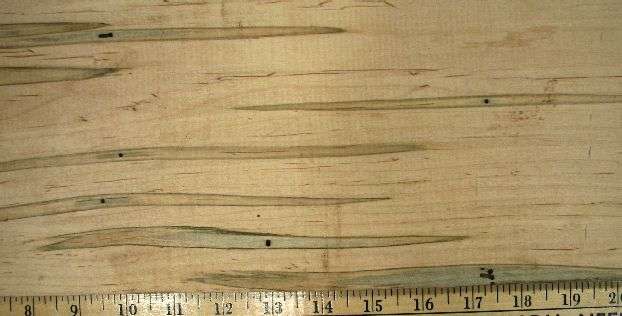Blade sharpeners for band mills
Experiences with different brands of blade sharpeners are shared. January 3, 2001
Question
I have been using bandsaw blades from Woodmizer, Timberwolf, Lennox, etc. to determine what I like, but I'm tired of sending blades off to be sharpened (the cost of shipping, sharpening, and turnaround waiting time). I would like to find an affordable sharpener that I could use to sharpen my own blades. I don't mind a manual sharpener, since I really don't need the speed of an automatic rig, but that's not out of the question either. These different manufacturers use different tooth profiles, so what would be available to do the job, if anything?
Forum Responses
I use the Dino sharpener. It did take a while for me learn to set up. I would recommend the model with the metal cams. Mine was plastic and the tip rounded off after about a year of daily use.
I have mixed feelings about the setter. It works well and is quick to use, but I sometimes have trouble getting the same set on each side.
I also have a Dino sharpener. Because of the many settings, I stick to one type of blade but am very pleased with its performance and longevity. If you use different blades, it would take too long to reset for my liking.
I wouldn't want to go to a manual sharpener. Spend enough time just with the handcrank. Figure the time to clean pitch off the blades, setting, and then sharpening. Setting is another story. I never seem to be able to get the teeth set just right--still working on that one.
I have a Woodmizer sharpener, the automatic type, and it is easy to use and quite automatic. I have many blades that I sharpen up to 10 times before they break or are so short that they won't sharpen. I also have a Woodmizer manual setter, and while it does work and I get a pretty close match between teeth and side to side, setting is the one part of this operation that I despise. I would sooner shovel sawdust.
We use a Cooks Cat Claw sharpener. It is worth every penny compared to the Dino. We have a manual Cutting Edge setter (long time to set a band) and we have used a Dino hand crank setter (not a constant set).
A friend of mine has a small mill--the one you push through the log. He made a tooth setter that is just a slot that holds the blade in place. Then it has a rod on a handle to push the tooth with a dial indicator to show you how much you have pushed the tooth and how much set you have.
I sprung the cash and got a Suffolk. Problem I have is to achieve consistency. Generally run the teeth 20 thou each way. After using a blade twice, got some teeth still at 20, others at 10. I run them through the setter, get no change. So I adjust the setter, but no matter how small the setting, the teeth either stay at 10 or move to 30. Seems to me like moving a tooth only 10 thou won't happen, maybe because of the spring in the steel?
I have a Cook's automatic sharpener and manual setter. I can sharpen 4-8 blades an hour depending on whether they need heavy sharpening or just a touch up. Considering the cost of resharp (a good service), $6/blade plus $9 box (8 blades per box) each way for shipping, the actual cost is $8 per blade back to the mill. The resharp program takes a lot off the sawblade compared to running your own sharpener. I got 4-5 sharpenings from resharp and 5-10 on the sharpener here.
I have screwed up some sharpenings and settings but when done properly they are as good as or exceed resharp. My blades are sharpened and usually stacked seperately, not in vibratory transit, metal to metal in a box. You can't tell me there isn't some damage to the edges and points from shipping.
We were recently having problems with our blades diving on our Morgan Thincurf resaw. We use Timberwolf. We checked the lead on the steel wheels and found they were worn quite round. An hour later, with a Makita grinder, we solved a serious problem. We got about 90% improvement.
